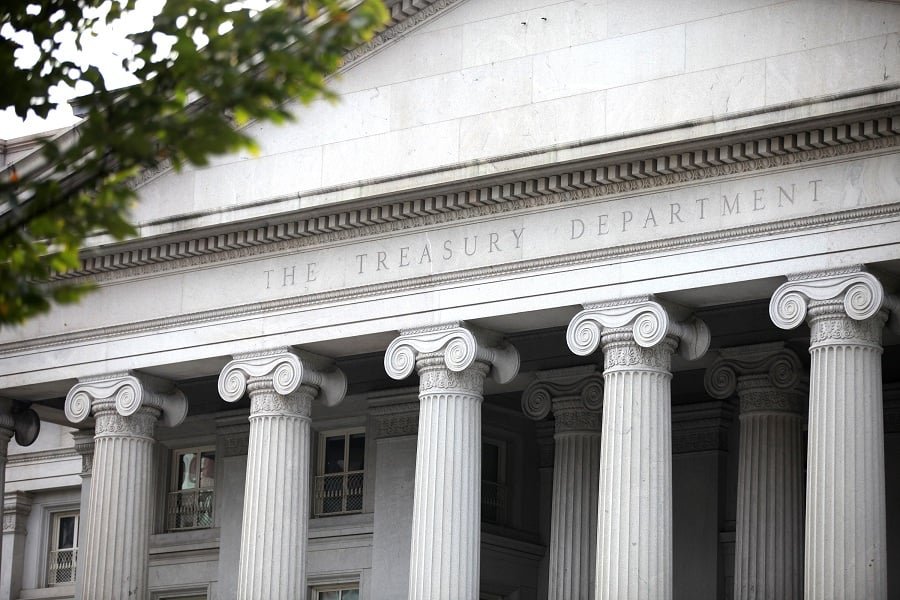A rout in Treasuries extended into a second day as global investors priced in stronger U.S. economic growth and a faster pace of Federal Reserve rate hikes. Benchmark 10-year yields climbed above 3.20% for the first time since 2011 and the dollar strengthened.
Improved investor appetite for riskier assets drove the leap in yields that started Wednesday following the release of upbeat news about American jobs and ebbing concern about the fiscal situation in Italy. Thirty-year bond yields climbed to the highest since 2014.
"In hindsight we wish we were even shorter on U.S. rates," said Raymond Lee, a fund manager at Kapstream Capital in Sydney. "My view was that U.S. yields were going to go up — maybe to 3.25% — but I didn't think it would be this quick."
The U.S. government announces payroll figures for September on Friday and economists forecast a decline in the jobless rate to 3.8%. It hasn't been lower since 1969. Treasuries are extending a September slump that was triggered in part by quicker-than-forecast wage growth in employment data released early last month.
The yield on the benchmark 10-year note rose three basis points Thursday to 3.21% after jumping 12 basis points Wednesday, surpassing May's intraday high of 3.1261%. The 30-year yield increased four basis points Thursday to 3.37%.https://cdn-res.keymedia.com/investmentnews/uploads/assets/graphics src="/wp-content/uploads2018/10/CI117397104.PNG"
Money-market traders are now pricing in more than two Fed hikes in 2019, seeing as much as 0.54 percentage point of tightening at one point on Wednesday, moving closer to policy-makers' projections for three rate increases next year. About two months ago, the market saw just slightly more than one increase.
The yield curve, which has been on a flattening trend for much of this year, is steepening amid the break-out in long-term yields. The difference between two- and 10-year yields climbed above 32 basis points Thursday, to the most since August.
For some investors, the carnage still doesn't make Treasuries a buy.
"You've had a confluence of strong fundamentals as well as a breakdown in key technical levels," said Nils Overdahl, a senior portfolio manager at New Century Advisors, which oversees about $2.2 billion. "When these technical levels are broken, you don't want to try and catch the falling knife. You have to feel comfortable you've seen some capitulation before you step in."
(More: Active fixed-income management makes sense now more than ever)







